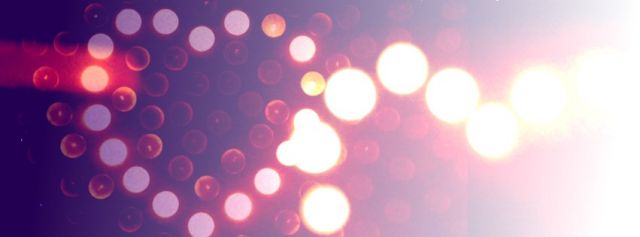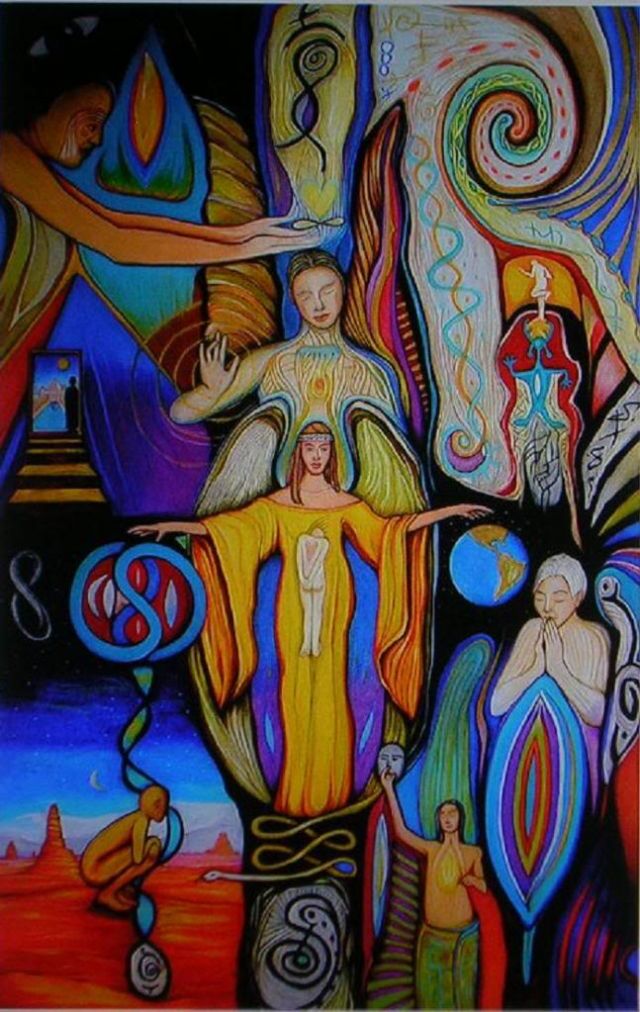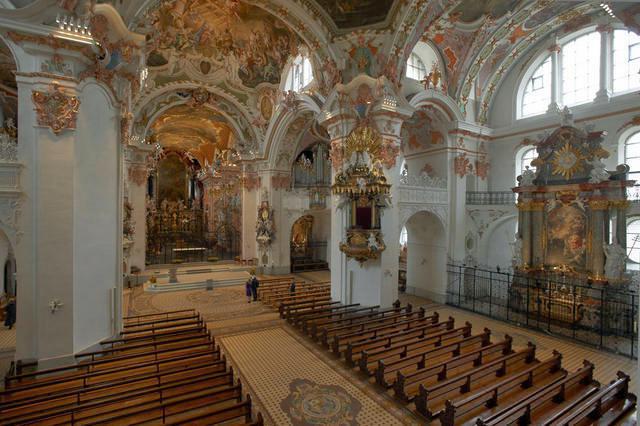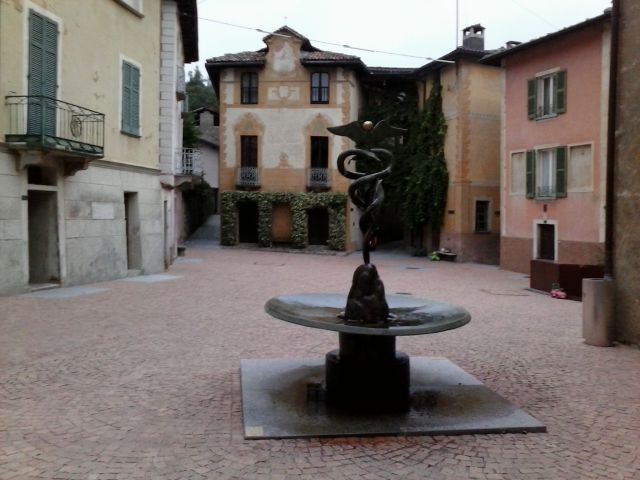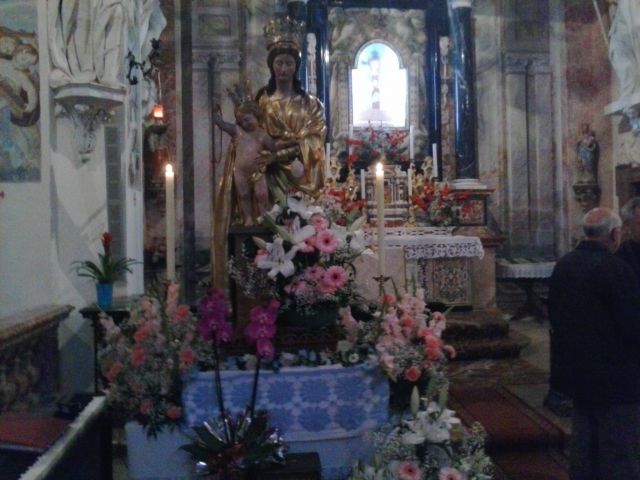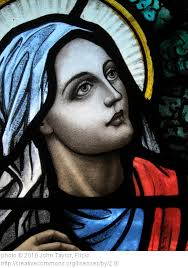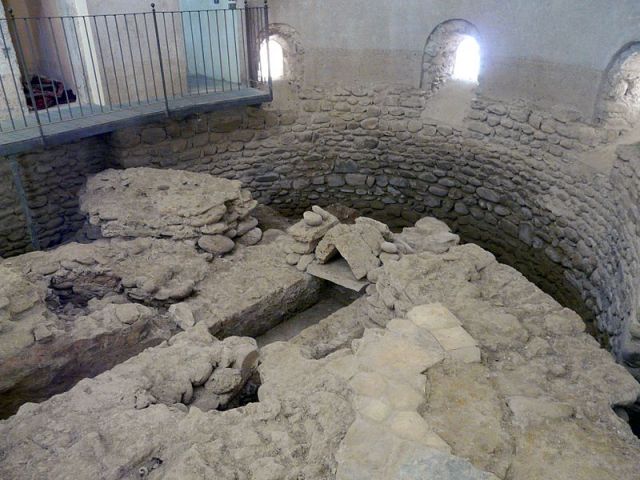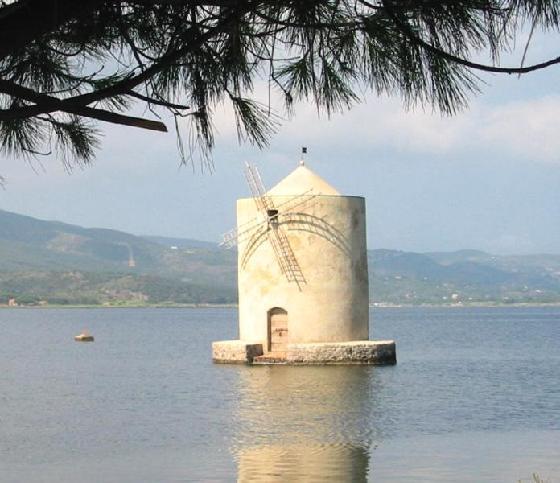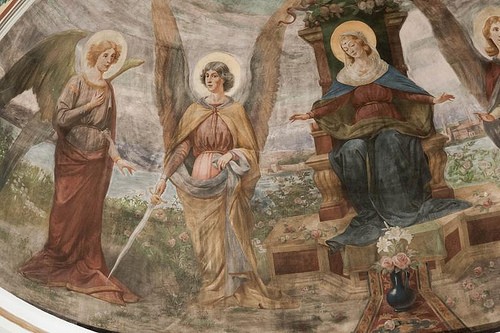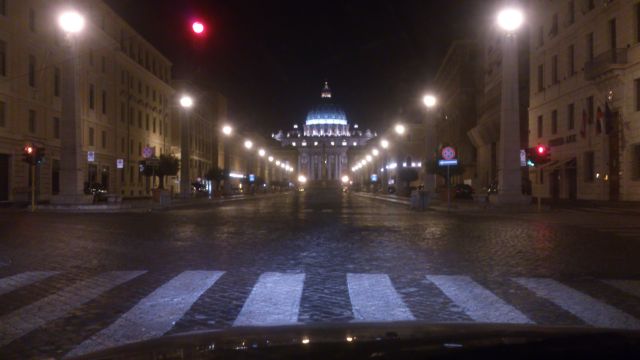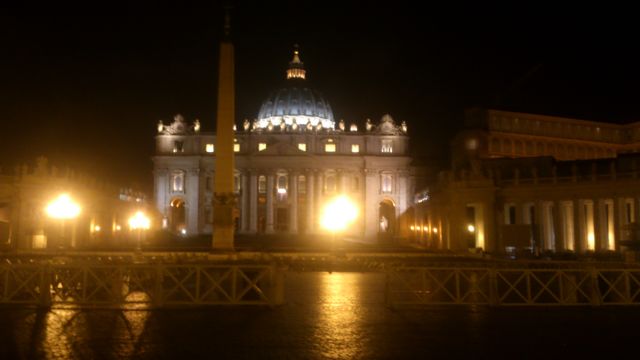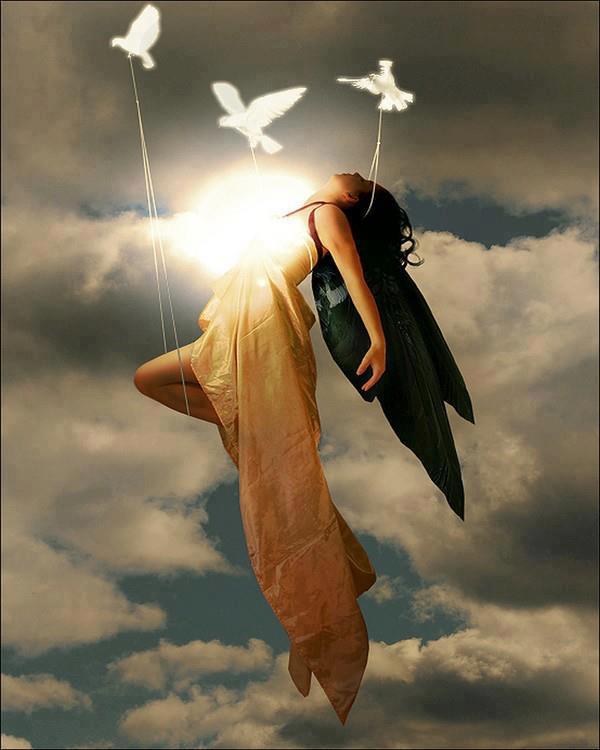

| Online: | |
| Visits: | |
| Stories: |
Cleaning the head of the Fish – Part 6
Cleaning the head of the Fish
Part 6
By MLJ on 8th January 2016 (edited 10.02.2016)
The crop of the serpent is about to be cut down.
The meaning of the boulders is about to be known.
The purpose of the quest is about to be realized.
The meeting of the fortunates will soon commence.
Be not fearful of the events.
Be ever on the ready.
The serpent has ruled unjustly and unfairly.
The bell will toll.
The Light will shine.
I will soon gather all that are mine.
Best Wishes,
Credit and further Insights: M 24 Amitakh
During 2014 an internationally coordinated and co-created crystalline grid construct and reconfiguration became operational.
During July 2015 inspired actions were undertaken to further refine and elaborate on the established construct, and initially foresaw the creation of three additional nodes. However, as further inspiration and insights dictated, the endeavour took on unforeseen dimensions.
The realisation of wholesale infiltration and corruption combined with divinely inspired actions resulted in the co-creation of a multi-faceted construct for purification, purging and healing of all at all levels to facilitate transcendence of duality. Additionally, proprietary or imposed self-limiting patterns are deconstructed, with grace and ease.
The project is open source in as much as it is intended for ALL
Three pivotal crystalline nodes, form the backbone of the architecture. Direct and symbolic links connect to locations and realms forming a multi-facetted gem shaped construct characterised by dynamic, momentum and torque. Integration of an infinity engine, ensures that the purification and healing mechanism will function in perpetuity.
The newly created grid was integrated into the 2014 construct.
These reports shall be restricted to the divinely inspired co-creation, not proceeding 2015 and illustrate sections of the architecture, whilst offering historical context and insights…
Click on image, here to view “Circuitry“ or here for “The Ceremony of Original Innocence“
The Camino de Santiago extends from different countries of Europe, and even North Africa, on its way to Santiago de Compostela and Finisterre.
Many routes originating in Scandinavia, Germany, Austria, Eastern Europe and even Italy/South Tyrol led to Switzerland and from there to France. Beginning in the early Middle Ages (9-10th century), pilgrims coming from northern and eastern Europe crossed into Switzerland at the Lake of Constance and journeyed across the country to Geneva at the French border. As they wandered through the countryside, the pilgrims passed by three traditional pilgrimage places, Einsiedeln Abbey, Flüeli Ranft and the Caves of Saint Beatus.
In the Netherlands is said to have started after St. Boniface brought Christendom to Friesland and the worship of his reliquaries near Dokkum gained popularity from 800 onwards.
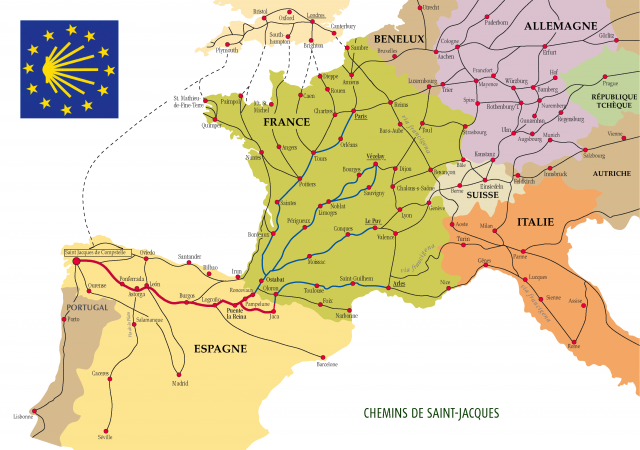
Credit and further Insights: wikipedia.org
The route was one of the most important Christian pilgrimages during the Middle Ages, together with those to Rome and Jerusalem, and a pilgrimage route on which a plenary indulgence could be earned;[3]other major pilgrimage routes include the Via Francigena to Rome and the pilgrimage to Jerusalem.
During the Middle Ages, the route was highly travelled. However, the Black Death, the Protestant Reformation, and political unrest in 16th century Europe led to its decline.
The pilgrims use well-marked paths and roads, away from busy and noisy motor roads, across cultivated fields and meadows, through forests, alongside smaller and bigger brooks and rivers, crossing valleys and following hill crests until reaching the lake of Zürich. They cross it on a wooden pilgrims‘ causeway. Then, they reach Einsiedeln on a path also used by the pilgrims to the sanctuary of that place. Along the route, monasteries, churches and chapels, and many quiet spots beside watercourses and on hilltops invite to a contemplative rest.
Credit and further Insights: jakobsweg.ch
Harmonizing of the Divine Femine
Credit: forum.wingmakers.co.uk
Click on image, or here to view “Divine Feminine Archetypes“
The feminine is the matrix of creation. This truth is something profound and elemental, and every woman knows it in the cells of her body, in her instinctual depths. Out of the substance of her very being life comes forth. She can conceive and give birth, participate in the greatest mystery of bringing a soul into life. And yet we have forgotten, or been denied, the depths of this mystery, of how the divine light of the soul creates a body in the womb of a woman, and how the mother shares in this wonder, giving her own blood, her own body, to what will be born. Our culture’s focus on a disembodied, transcendent God has left women bereft, denying them the sacredness of this simple mystery of divine love.
What we do not realize is that this patriarchal denial affects not only every woman, but also life itself. When we deny the divine mystery of the feminine we also deny something fundamental to life. We separate life from its sacred core, from the matrix that nourishes all of creation. We cut our world off from the source that alone can heal, nourish and transform it. The same sacred source that gave birth to each of us is needed to give meaning to our life, to nourish it with what is real, and to reveal to us the mystery, the divine purpose to being alive.
Because humanity has a central function in the whole of creation, what we deny to ourself we deny to all of life. In denying the feminine her sacred power and purpose we have impoverished life in ways we do not understand. We have denied life its sacred source of meaning and divine purpose, which was understood by the ancient priestesses. We may think that their fertility rites and other ceremonies belonged only to the need for procreation or a successful harvest. In our contemporary culture we cannot understand how a deeper mystery was enacted, one that consciously connected life to its source in the inner worlds, a source that held the wholeness of life as an embodiment of the divine, allowing the wonder of the divine to be present in every moment.
Credit and further Insights: whenthesoulawakens.org
Next stop:
Einsiedeln, canton Schwyz, Switzerland
Click for more images of Einsiedeln
Credit: luzernerzeitung.ch
Archaeologists have discovered numerous artifacts from the stone age and the Bronze Age in the Einsiedeln area. However, it appears from these artifacts, some of which are about 12,000 years old, that the area was thickly wooded and only used by hunters. Until the Early Middle Ages there were no permanent settlements in the area.[3]
Einsiedeln (German pronunciation: ['ainzi?dl?n]) is a municipality and district in the canton of Schwyz in Switzerland known for its monastery, the Benedictine Einsiedeln Abbey. Einsiedeln is also the birthplace of Paracelsus, a Renaissance physician and alchemist who is credited with first naming zinc.
St. Meinrad, of the family of the Counts of Hohenzollern,[4] a Benedictine monk from Reichenau Island in Lake Constance on the German/Swiss border came to the region in 835[5] seeking seclusion. He established his hermitage on the slopes of Mt. Etzel. When he arrived in the area, he had with him a wonder-working statue of the Virgin Mary which he had been given by the Abbess Hildegarde of Zurich. Near his hermitage, he established a small shrine to house the statue, which became a small pilgrimage site. According to legend he died in 861 at the hands of two robbers, Richard and Peter, who coveted the treasures offered at the shrine by pilgrims. The robbers were then followed by two ravens into town and drew attention to them with loud squawking.[6] This is the reason, for the two ravens on the village flag.
During the next eighty years Saint Meinrad’s hermitage was never without one or more hermits emulating his example.[4] One of the hermits, named Eberhard, previously Provost of Strasburg, erected a monastery and church there, of which he became first abbot. Work on the monastery is said to have begun in 934.[5] Following a miraculous vision by Eberhard, the new church was dedicated to the Virgin Mary.[5]
Credit and further Insights: wikipedia.org

Credit: einsiedeln.diorama.ch
Click on image, or here to listen to “Salve Regina”
Next stop:
Carona, canton Tessin, Switzerland
Click for more images of Carona
Click on image, or here to view “Gayatri Mantra“
Carona is first mentioned in 926 as Calauna. The hamlet of Ciona was first mentioned in 1213.[2]
During the Middle Ages the village of Carona and the hamlet of Ciona formed a Kastlanei of the Bishop of Como. During the Middle Ages the Church of Santa Maria was built in the hamlet of Torello. After 1349, the church was supported by a community of Augustinians Canons from the nearby monastery (built in 1217 by Guglielmo Della Torre). For the village’s loyalty to the Visconti and Guelph families, it received its own coat of arms. According to Swiss Confederation law, it enjoyed a special status (terra separata) which included exemption from certain laws and taxes. The old, medieval statutes were renewed in 1470.[2]
The Carona romanesque village church of San Giorgio was first mentioned in 1425. Two years later it was raised to become a parish church. The church of S. Marta was built in the 14th century, and was formerly known as the Church of SS Pietro e Paolo. The Baroque pilgrimage church of Madonna d’Ongero was built in 1624, to the west of the village in the forest. The church of S. Maria delle Grazie was built in Ciona. The last two churches as well as the homes of the village from the 17th and 18th Centuries represent the growing wealth of the village, through emigration of artists from Carona. The Carona artist families, including the Aprile, Casella, Scala and Solari families, were active throughout Europe during the 15th-18th centuries.[2]
Credit and further Insights: wikipedia.org
There a six churches in Carona
1: Pfarrkirche San Salvatore. Built in 1704.
2: Capella della Madonna delle Grazie (Ciona). Kapelle 16. C.
3: Pfarrkirche San Giorgio. Im 15 C.
4: Bruderschaftskirche Santa Marta. Originally a Roman Building
5: Madonna d`Ongero. 17. C.
6: Kloster Santa Marta di Torello. 13. C.
Credit and further Insights in German and Italian: carona-tourism.ch

Carona, anchoring energies of Love and Light throughout the ages.
A special History surrounds this place, take part in our journey.
Invite yourselves on a journey that offers a moment to release all feelings and though forms that are not of the light.
Just let them go and sent them to this very special place where the divine energy is enriched with the Violet Flame of Transmutation, a special gift from Ascended Master Saint Germain.
Basic Invocation of the Violet Flame
Call on Divine powerful energy, The Violet Flame of Saint Germain and transmute all your pain, fear and all negative thoughts to those of Love Light, Compassion, Abundance, Joy, Peace and Harmony.
Visit Carona, in spirit or in embodiment. Feel the loving and caring energy, that are there awaiting you!
Live in the NOW, set yourself free.
Forgive and Love yourself.
Life is a gift, celebrate it!
Madonna d’Ongero
Click for more images of Madonna d’Ongero
Click on image, or here to view “Festa della Madonna D’Ongero di Carona“ or here to view ”Schubertiadi 2013 alla Madonna D’Ongero“
Via Francigena ( Iter Francorum ) , Via Romea
The Via Francigena ['vi?a fran't?i?d?ena] is the common name of an ancient road and pilgrim route running from France to Rome, though it is usually considered to have its starting point much further away, in the English cathedral city of Canterbury. As such, the route passes through England, France, Switzerland and Italy. The route was known in Italy as the “Via Francigena” (“the road that comes from France”) or the “Via Romea Francigena” (“the road to Rome that comes from France”).[1] In mediaeval times it was an important road and pilgrimage route for those wishing to visit the Holy See and the tombs of the apostles Peter and Paul.
In the Middle Ages, Via Francigena was the major pilgrimage route to Rome from the north. The route was first documented as the “Lombard Way”, and was first called the Iter Francorum (the “Frankish Route”) in the Itinerarium sancti Willibaldi of 725, a record of the travels of Willibald, bishop of Eichstätt in Bavaria. It was “Via Francigena-Francisca” in Italy and Burgundy, the “Chemin des Anglois” in the Frankish Kingdom (after the evangelisation of England in 607) and also the “Chemin Romieux”, the road to Rome.[citation needed]
The name Via Francigena is first mentioned in the Actum Clusio, a parchment of 876 in the Abbey of San Salvatore al Monte Amiata (Tuscany).[2]
At the end of the 10th century Sigeric the Serious, the Archbishop of Canterbury, used the Via Francigena to and from Rome in order to receive his pallium;[3] he recorded his route and his stops on the return journey,[4] but nothing in the document suggests that the route was then new.
Credit and further Insights: en.wikipedia.org
For centuries merchants, prelates, soldiers and pilgrims travelling the route between northern Europe, Rome and Jerusalem.
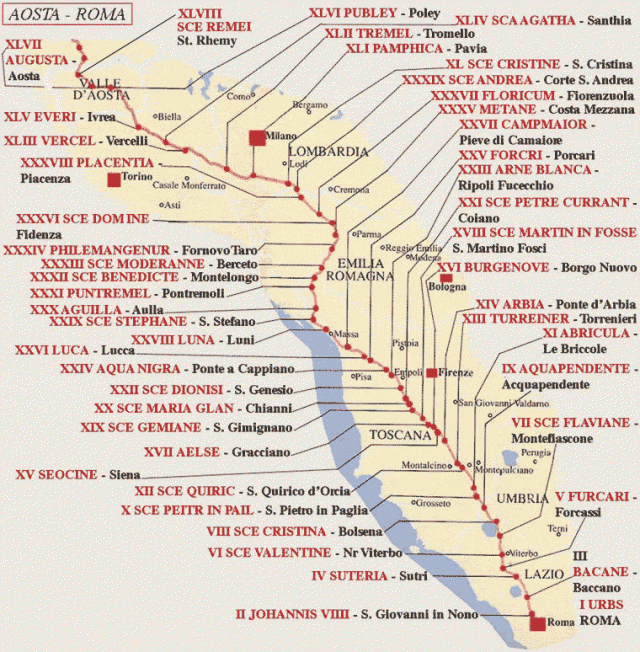
Credit and further Insights: san-quirico.com
Mary Magdalene:
“Beloveds, precious ones, you are bringing forth a complete Renaissance in these glory-filled days, like no other in history, a complete Renaissance of your former Divine Selves, of your True Divine Essence. A rebirth, vibrating and pure in all its potential, manifesting now in a complete and whole way.
You are gathering up all your aspects to present yourself to the world, unabashed and unmitigated, a shining jewel of Divine Awareness and Presence.
And this is your purpose here. It is your birthright. It is You, the real you.
Get used to it, beloveds. The old is falling away, to reveal the precious jewel that you are.
Do not be afraid to show it to the world now. For the world awaits it with a pulsing heart….”
Credit and further Insights: ouremergingdivinity.com
Click on image, or here to view “Hidden Illumined One” or here to view “The Gospel of Mary Magdalene“
Next stop:
Aulla, Tuscani, Italy
Aulla is one of the oldest place of hospitality and prayer raised in the Via Francigena : when between 990 and 994 centuries Sigerico, the Canterbury archbishop, arrived in Aulla. His abbey already contained the Saint Caprasio relics which came from Provence between 885 and 896 centuries by Adalberto II of Tuscany. From 2001 excavations and restorations concerned the Church and its pertinences, seriously damaged by bombing that between 1943 and 1945 destroyed the old village of Aulla. With interventions realized after the 2010 inundation which flooded under more than one meter of water and mud the church, the cloister and museum, today it is possible to collect the extraordinary marks of art, faith and hospitality of a medieval Benedictine abbey.
Credit and further Insights: sancaprasio.it
Aulla extends along a flat zone, following the Magra river, in the point in which it meets the Aulella torrent, while the northern part is delimited from the course of the Taverone torrent. Aulla lies in a strategic position between the steps of the Cisa, the step of the Cerreto, the step of the Lagastrello. Because of the strafings of the second world war, the ancient village has gone almost completely destroyed, but on the surrounding evocative medieval villages like Caprigliola, Albiano, Bibola, Olivola and Pallerone have remained intact.
The Abbey of San Caprasio in Aulla is a church, formerly part of a monastery, in Aulla, region of Tuscany, Italy. The monastery was established by the Benedictine order as a hostel on the pilgrimage route to Rome, and originally titled Santa Maria, in 1077 it was dedicated to San Caprasio, the patron of the town and a patron saint of pilgrims.
Documents cite the founding of the abbey within a fortification held by Adalberto I, Marquis of Tuscany. It later was linked to the Malaspina family and also contested by the Vescovi Conti of Luni. The abbey was powerful by the early 13th-century, owning various parishes and land in the area. The church was reconstructed in 1070 into the present layout, but has undergone many reconstructions over the centuries. It now serves as a museum and a hostel affiliated with the local parish.[1]
Credit and further Insights: en.wikipedia.org
The village of Aulla was founded towards 884, when the Abbey of Saint Caprasio was built. Towards the end of XIII the century the territory passes under the jurisdiction of the Bishop of Luni, for being then disputed from Pisa, Lucca, Genova and the Malaspina family.
Credit and further Insights: terredilunigiana.com
Tomb of San Caprasio
Credits: Davide Papalini, 2013
Click on image, or here to view “San Caprasio” or here to view and “Aulla – San Caprasio “[Italian]
It was obvious that there had been a recent archaeological excavation. Exposed were several foundations that had modified the area of the apse over the years, but also exposed was the site of Saint Caprasio’s tomb from the 9th century. (The good Saint was a hermit from the Lerins Islands off the coast of Provence, where he died. He was brought here to give his name to the abbey and thereby attract pilgrims at the time of the abbey’s foundation, around 884.) There were bones and a skull exposed.
Just 10 feet or so away from Saint Caprasio’s final resting place was a rather large hole, oddly excavated.
Credit and further Insights: goeurope.com
“Keep holding your desires for peace and abundance for all on Earth in the forefront of your conscious intent and in your hearts as you go within daily to your altars of divine holiness, altars that many among you may not be fully aware reside within each and every one of you, altars each one of you maintains and honors as you give thanks to God for providing for all of your needs. And also remember to renew your intent frequently throughout the day.”
Credit and further Insights: John Smallman
Next stop:
Orbetello, Tuscani, Italy
Orbetello is a town and comune in the province of Grosseto (Tuscany), Italy. It is located about 35 kilometres (22 mi) south of Grosseto, on the eponymous lagoon, which is home to an important Natural Reserve.
Click for more images of Orbetello
Orbetello was an ancient Etruscan settlement, which in 280 BC passed under the control of the Romans, who had founded their colony of Cosa (near the modern Ansedonia).
In the Middle Ages it was a possession of the Aldobrandeschi family, who held it until the 14th century, when it was acquired by the city of Orvieto. After several struggles with the Orsini of Pitigliano and Orvieto, in the following centuries Orbetello was captured by the Sienese Republic. In the mid-16th century it was part of the State of Presides, a Spanish possession, becoming its capital. Later it was under the Grand Duchy of Tuscany and, from the late 19th century, the newly unified Kingdom of Italy.
Credit and further Insights: en.wikipedia.org
Click for more images of the Cathedral Santa Maria Assunta
Assunta di Santa Maria
Credit and further Insights: jacqueline.poggi
Click on image, or here to view “Vivaldi – Vespri per l’Assunzione di Maria Vergine – Salmo 112”
Next stop:
Vatican City ( Status Civitatis Vaticanae ), Rome, Italy
Click for more images of Vatican City
Click on image, or here to view “The History of Rome, the Holy City”
The name “Vatican” was already in use in the time of the Roman Republic for a marshy area on the west bank of the Tiber across from the city of Rome. Under the Roman Empire, many villas were constructed there, after Agrippina the Elder (14 BC – 18 October AD 33) drained the area and laid out her gardens in the early 1st century AD. In AD 40, her son, Emperor Caligula (31 August AD 12–24 January AD 41; r. 37–41) built in her gardens a circus for charioteers (AD 40) that was later completed by Nero, the Circus Gaii et Neronis,[12] usually called, simply, the Circus of Nero.[13]
Even before the arrival of Christianity, it is supposed that this originally uninhabited part of Rome (the ager vaticanus) had long been considered sacred, or at least not available for habitation.[citation needed] A shrine dedicated to the Phrygian goddess Cybele and her consort Attis remained active long after the Constantinian Basilica of St. Peter was built nearby.[14]
The particularly low quality of Vatican wine, even after the reclamation of the area, was commented on by the poet Martial (40 – between 102 and 104 AD).[15] In AD 69, the Year of the Four Emperors, when the northern army that brought Vitellius to power arrived in Rome, “a large proportion camped in the unhealthy districts of the Vatican, which resulted in many deaths among the common soldiery; and the Tiber being close by, the inability of the Gauls and Germans to bear the heat and the consequent greed with which they drank from the stream weakened their bodies, which were already an easy prey to disease”.[16]
Credit and further Insights: en.wikipedia.org
Click for more images of Vatican Obelisk
Click on image, or here to view “The Vatican Obelisk, a sundial with 2000 years of history”
At the center of the ovato tondo stands an Egyptian obelisk of red granite, 25.5 metres tall, supported on bronze lions and surmounted by the Chigi arms in bronze, in all 41 metres to the cross on its top. The obelisk was originally erected at Heliopolis, Egypt, by an unknown pharaoh.
The Sistine Chapel
The Sistine Chapel takes its name from Pope Sixtus IV della Rovere (pontiff from 1471 to 1484) who had the old Cappella Magna restored between 1477 and 1480. The 15th century decoration of the walls includes: the false drapes, the Stories of Moses (south and entrance walls) and of Christ (north and entrance walls) and the portraits of the Popes (north and south and entrance walls). It was executed by a team of painters made up initially of Pietro Perugino, Sandro Botticelli, Domenico Ghirlandaio and Cosimo Rosselli, assisted by their respective shops and by some closer assistants among whom Biagio di Antonio, Bartolomeo della Gatta and Luca Signorelli stand out. On the Ceiling Pier Matteo d’Amelia painted a starry sky. The work on the frescoes began in 1481 and was concluded in 1482. This is also the date of the following works in marble: the screen, the choir stalls (where the choristers took their places), and the pontifical coat of arms over the entrance door. On 15 August 1483, Sixtus IV consecrated the new chapel dedicating it to Our Lady of the Assumption. Julius II della Rovere (pontiff from 1503 to 1513), nephew of Sixtus IV, decided to partly alter the decoration, entrusting the work in 1508 to Michelangelo Buonarroti, who painted the Ceiling and, on the upper part of the walls, the lunettes. The work was finished in October 1512 and on the Feast of All Saints (1 November), Julius II inaugurated the Sistine Chapel with a solemn Mass. The nine central panels show the Stories of Genesis, from the Creation to the Fall of man, to the Flood and the subsequent rebirth of mankind with the family of Noah.
Credit and further Insights: mv.vatican.va
Click for more images of Sistine Chapel.jpg)
The Creation of Adam by Michelangelo, 1511-1512
Click on image, or here to view “The Creation of Adam by Michelangelo“
So where do we go from here ???…
Click on image, or here to view “Gateway into 2016“
“Do not be alarmed as a number of unexpected events unfold quite early in 2016. Much has been going on at deeper levels of the human collective as you prepare yourselves collectively and individually for your awakening, and the effects of those preparations will start to become apparent in various areas of human endeavor. There will be much to intrigue and delight you in 2016 in spite of the ongoing disagreements and conflicts occurring across the world, which the mainstream media tends to use to further develop their fear-driven agendas which would encourage you to believe that things will only get worse!
To awaken is to become free. Free of all the emotional and psychological baggage that drains your energy fields and undermines your enthusiasm for life, leaving you depressed and unmotivated as you struggle with your daily round of worldly commitments. Commitments that seem only to increase in number no matter how many you resolve and leave behind. The illusory world, in which humans appear to interact as separate individuals, with each one seemingly in an almost constant battle for survival while seeking desperately for love and acceptance, is a very demanding and exhausting environment. But every one of you chose to be here at this time to undergo and grow from the lessons that you set upon your path before you incarnated, and to assist humanity in general to awaken…..”
Credit and further Insights: John Smallman
“Like a house of cards, the systems that have run Earth are ready to tumble. The financial, social, legal and political systems are interwoven and tightly controlled by the small number of dark cabal leaders. Their higher selves, their Mentors and teachers, the Anunnaki and the Reptilians have all retreated, and nearly all have agreed to come to the Light. This means they have gone to Mother and Father to complete their life reviews and to either begin again as new souls or be completely renewed to take up their work with us as allies and friends of Terra and her Ascension. So, you see, all have removed themselves from the dark projects except those hardline and very damaged humans who are incarnated here now.
This has created the endgame we now are engaged in. There is no more interplanetary support – no intervention possible from any outside force. Earth is completely quarantined, absolutely protected by the Ashtar Command from any interference. Although it may not be obvious to the public, this in an enormous step toward ending all dark enterprises on the planet. You see, the 3rd dimensional cabal has no real power without their trainers and without the technological experts who set them up in business in the first place.” Sananda
Credit and further Insights: whoneedslight.org
Know that…
Kryon – “The Hidden Youth Template” and “The End of the Year” 2015
Credit : Lee Caroll
Prepare for Change…
by connecting to all people, particularly those who have experienced the Light of Truth, together in loving, peaceful support of a prosperous New Society.
Credit and further Insights: prepareforchange.net
Pathways of Gaia are illuminated with sparks of transcendence.
Planetary transmutation nears completion.
Strengths of Hue-Beings are acknowledged.
Possibilities of hu-beings are recognized.
Marvels of Light come to the fore.
Remember that…
With every breath…
Breathe, dear ones. In every breath your life is birthed anew. In every breath the Christ light that came into the world in the form of a little child so many years ago has an opportunity to be birthed again, within you. In every breath, a light that can never be extinguished grows within your heart, illuminating your mind, comforting your emotions, and radiating outward via your every thought, word, and deed into a world in need of love.
Within each of you exists the energy of the manger and the energy of the Christ light. Within each of you exists the energy of the lamps that burn brightly. Within each of you exists the spark of Divine Love that gives you life! Celebrate dear ones! You are the bearers of this light! You are the emissaries of this love! You are the lights upon our tree, the stars in our sky, and the precious souls who have incarnated to remember, once and forever, that you are never disconnected from this light. You are never separate from this love.
Our wish for you in the new year is that you remember that love is eternally yours. Love lives within you. Love exists in our hearts for each and every one of you. With every breath you take consciously and deeply, you draw this light unto you! You expand it within you! When you have a desire, breathe it in and allow the love for this desire to expand within you. When you have a challenge, breathe, and know you are breathing in solutions and assistance. When you care about someone and don’t know what to do, breathe, knowing that as you fill yourself with love, it cannot help but spill over into the lives of those you love.
Breathe dear ones, in the new year, consciously and deeply, remembering that this Divine love is yours for the taking, yours for the giving, yours to live and love and abide within.
Happy New Year Dear ones. Happy new moments, new adventures, new opportunities to love! Happy new relationships, new gifts, new guidance. Happy new you dear angels upon the earth. We love you in each new moment! Now, and now, and now again!
Credit and further Insights: angelmessages.visionsofheaven.com
It’s all you, all the time. Whatever discrepancy is peeking out into your life right now – you are the only one who is able to decipher its meaning. What must follow for resolution to occur is a decision. What choice will you make now?
To fall back on habits and patterns of response will no longer satisfy you. Instead, what will fill you is something else. Now here is the thing. None of these are new ideas. They are newly applied and as such will feel different to us. This is 2016 and the energy is ripe for transformation.
You will not be told how to do this. As the blueprint for the mighty oak is found in its tiny seed – your plan resides within. You will not “take on” the attributes of an enlightened one; you will emerge fully formed. All that is necessary, you hold in your heart.
Credit and further Insights: americankabuki.blogspot.ch
…and that your power as a creator being is beyond measure
Credit and further Insights: Judith and the Celestial Team
Walk with Mother Nature, observe your surroundings.
Nature nurtures Humankind.
Click on image, or here to view “Govinda“
Flowers of angels are viewed within all of Gaia.
Stems of prosperity are presented.
Reception is high.
Stagnance is eliminated.
Promotions of Light come to fruition.
Credit and further Insights: gaiaportal.wordpress.com
Click here to read about our journey…





